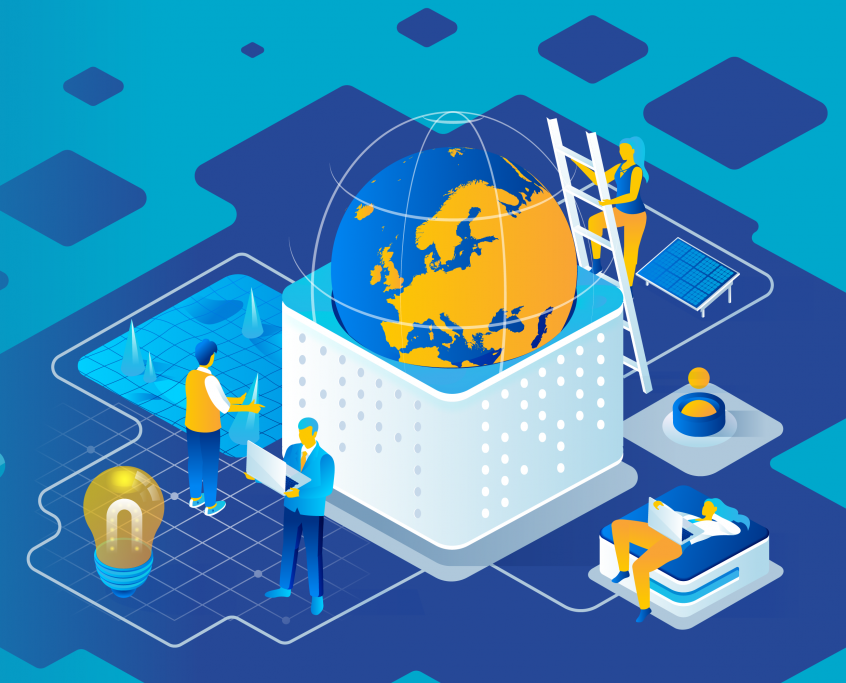Why is it relevant?
Citizen Observatories depend on the reaction levels of their users. If it is not possible to clearly estimate the number of infrastructure users supporting the community, the exact hardware requirements cannot be determined. If, at some point in time, more participants start providing observations, performance and reliability issues can emerge. Cloud providers offer ‘elastic’ infrastructure as a service which can solve this problem. Citizen Observatories can be deployed in the cloud, and the service can be designed to automatically request more resources when there is more demand.
How can this be done?
There are many cloud providers that can offer relevant services for Citizen Observatories. But from a strategic perspective, a Citizen Observatory should consider moving into the European Open Science Cloud (EOSC). The EOSC is an environment for hosting and processing research data that supports EU science. The EOSC was initiated by the European Commission in 2015. It aims to develop a federated environment that cuts across borders and scientific disciplines to re-use research data and software, following the FAIR principles. Since Citizen Observatories have demonstrated their capacity to complement official data sources, they should be part of this comprehensive initiative.
To become a recognised institution by the EOSC, you should register your Citizen Observatory in the EOSC portal. Once this is done, you can register the Citizen Observatory services as EOSC resources. This process will give the Citizen Observatory more visibility among the scientific community.
Useful Resources
REPORT: The EOSC Interoperability framework contains a proposal for the management of FAIR Digital Objects in the context of EOSC and a reference architecture for the EOSC Interoperability Framework that is inspired by and extends the European Interoperability Reference Architecture (EIRA), identifying the main building blocks required.
TOOL: Citizen Science Cloud: Initially created for the Earth Challenge 2020 initiative, the Citizen Science Cloud is a place where anyone can share and access open, interoperable citizen science data and related applications.
You may also be interested in:
I want to work with data…
I want to ensure sustainability of the Citizen Observatory after the funding period…
…by making project outputs open access
…by accessing open funding calls
…by collaborating with other Citizen Observatories that have similar objectives
This work by parties of the WeObserve consortium is licensed under a Creative Commons Attribution-ShareAlike 4.0 International License. ![]()

